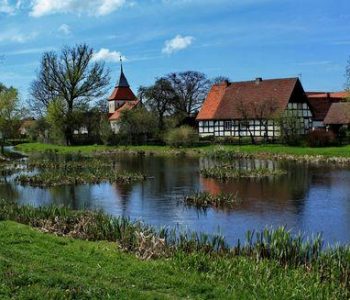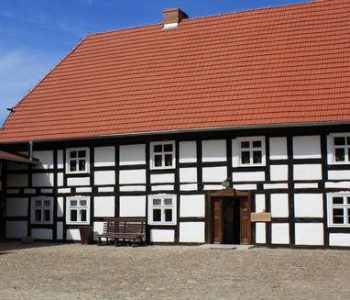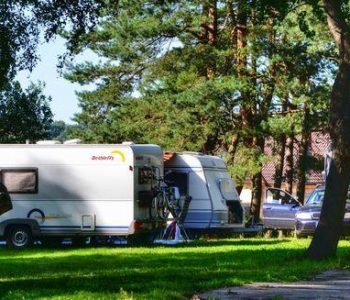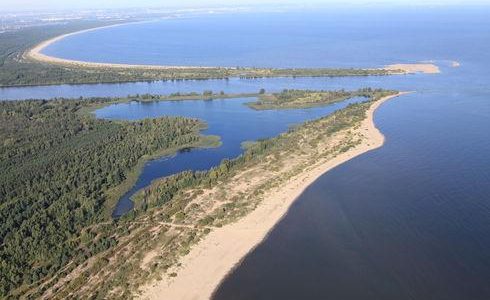The Checkered-House Land is the area of timber-framed architecture, featuring beams pitched black and whitened spaces of fillings, giving the buildings a characteristic checkered look. The capital of the Checkered-House Land is considered to be Swołowo, a village near Słupsk, with about seventy buildings constructed in the traditional style. One of the historic cottages of Swałowo houses a branch of the Museum of Central Pomerania, which has organisational and scientific patronage over the Land. Its entire area features information boards, allowing not only the precise identification of the towns which feature the tokens of the Land’s architectural traditions, but also the learning of the history of individual sites. The Land has more than a dozen thematic tourist routes, whose total length is nearly 400 km. The names of some of the routes sound very mysterious. Do names such as “The Dismantled Tracks Route”, “Mikołajkowy” or “The Ring of the Griffins” not inspire you to go on a trip?
Besides the “checkered” form of the building façades, the Land is dominated by thed oval or circular layout of villages, which is characteristic of very old settlements. The typical “checkered” cottage also has a very characteristic form with a residential building in the background, outbuildings on both sides of a sizeable courtyard and an obligatory gate, as well as a gate building from the side of the road. Apart from “checkered” cottages, this style was also employed to construct churches, manors, and public-utility buildings. This type of building may be seen in Darłowo, Sławno, Ustka, Słupsk, and many other seaside villages and towns. An important centre of the “checkered house” is the open-air museum of the Slovincian country in Kluki, where an original farmstead was preserved, with additional buildings, previously in danger of collapse, later moved here from other locations.
The Checkered-House Land is a boundless area stretching along a 50-kilometre-wide seaside belt, whose length is 80 km. Strewn around the beautiful scenery, the traditional historical buildings, other than those known from central Poland, are definitely well worth recommending.















